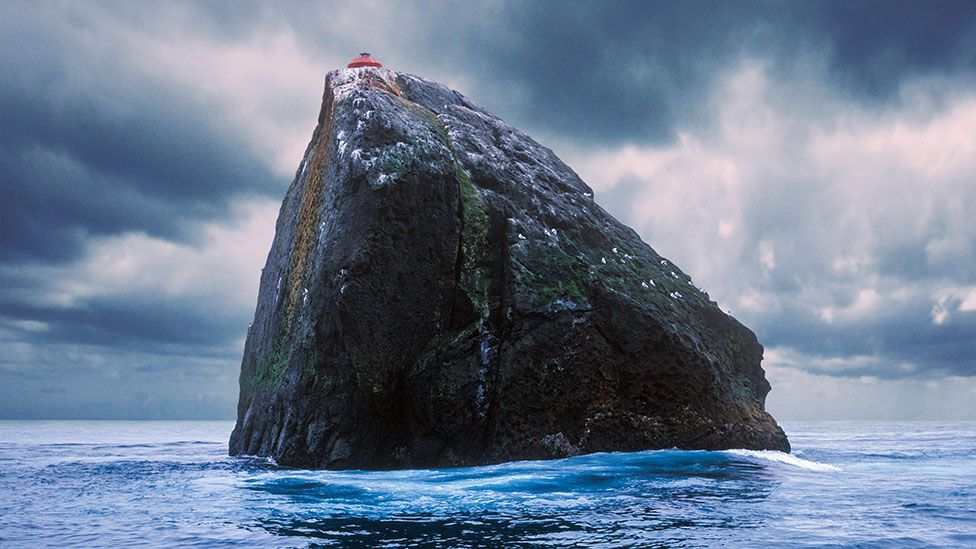
The world is full of diverse environments, from lush rainforests to arid deserts. Some places, however, are so extreme that they test the limits of human endurance and survival. Here are seven of the most inhospitable places on Earth, where life is a constant battle against the elements.
1. Antarctica
Antarctica is the coldest, windiest, and driest continent on Earth. With temperatures plummeting to -128.6 degrees Fahrenheit (-89.2 degrees Celsius) and wind speeds reaching over 200 miles per hour, it’s no wonder this icy expanse is nearly devoid of permanent human habitation. The harsh conditions are compounded by the continent's isolation and the challenge of traversing its vast, icy landscapes. Only a few thousand scientists and researchers live in temporary bases during the summer months.
2. Death Valley, USA
Located in Eastern California, Death Valley is one of the hottest places on Earth. In July 1913, it recorded the highest air temperature ever on Earth at 134 degrees Fahrenheit (56.7 degrees Celsius). The valley's extreme heat, arid conditions, and low rainfall make it a challenging environment for life. Despite this, Death Valley is home to a surprising variety of flora and fauna adapted to its harsh conditions.
3. The Danakil Depression, Ethiopia
Often described as the hottest place on Earth, the Danakil Depression in Ethiopia is a hellish landscape of lava lakes, hot springs, and acid pools. Temperatures regularly exceed 120 degrees Fahrenheit (49 degrees Celsius), and the area is dotted with active volcanoes and toxic gas emissions. The high salt content in the soil and the extreme heat make it one of the most inhospitable places on the planet. Despite this, the Afar people have inhabited this region for centuries, extracting salt from the mineral-rich crust.
4. Mount Everest, Nepal/Tibet
Mount Everest, the highest peak in the world, is a symbol of human endurance and ambition. At 29,032 feet (8,849 meters) above sea level, the summit is in the "Death Zone," where the oxygen level is only a third of that at sea level. The extreme altitude, sub-zero temperatures, and unpredictable weather make climbing Everest a formidable challenge. Despite these dangers, thousands of climbers attempt the ascent each year, with many losing their lives to the mountain's harsh conditions.
5. Atacama Desert, Chile
The Atacama Desert in Chile is the driest non-polar desert in the world, with some areas receiving less than 0.04 inches (1 mm) of rainfall per year. Its Mars-like landscape is characterized by salt flats, volcanic peaks, and ancient lava flows. The desert's extreme aridity makes it nearly devoid of vegetation, and only the hardiest of life forms can survive here. NASA scientists have even used the Atacama to test instruments for future Mars missions due to its similarities to the Martian surface.
6. Sahara Desert, North Africa
The Sahara Desert, spanning several countries in North Africa, is the largest hot desert in the world. It is known for its scorching temperatures, which can soar above 120 degrees Fahrenheit (49 degrees Celsius), and its vast, arid expanse of sand dunes, rocky plateaus, and gravel plains. Water is extremely scarce, and the harsh climate makes survival a constant challenge for the nomadic tribes and wildlife that call the Sahara home.
7. Oymyakon, Russia
Oymyakon, a rural locality in the Sakha Republic of Russia, holds the record for the coldest inhabited place on Earth. In 1933, temperatures here dropped to an astonishing -89.9 degrees Fahrenheit (-67.8 degrees Celsius). The extreme cold makes even basic activities challenging, as vehicles can freeze solid, and prolonged exposure to the elements can be deadly. Despite these brutal conditions, Oymyakon is home to about 500 hardy residents who have adapted to the frigid climate.
Conclusion
These seven locations, each with their own extreme conditions, highlight the resilience and adaptability of life on Earth. From the icy expanses of Antarctica to the scorching heat of Death Valley, these inhospitable places challenge our understanding of survival and endurance. While they may be difficult to inhabit, they also offer a glimpse into the incredible diversity of our planet's environments and the remarkable ways in which life can persist even in the most extreme conditions.








